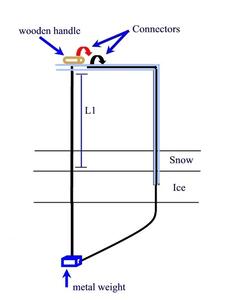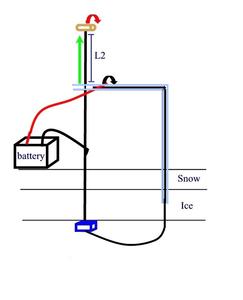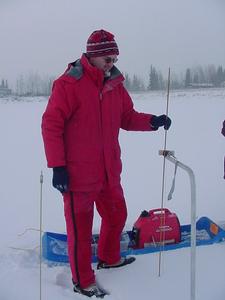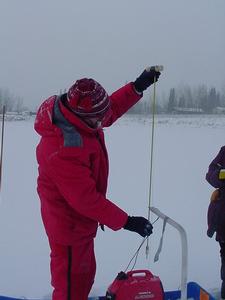
|
24 January, 2002Weather High ~20, Low ~37 Bitter cold! I saw my first Sundog (Parhelia) today. This stunning ice crystal halo, observed from the Geophysical Institute looked like a vertical cylindrical rainbow. Often found in Antarctica, these light phenomena also appear in other areas with similar climates. Ice crystals formed in air retract light in various degrees portraying rainbow-like colors in cylindrical or arc shapes. For more information on Parhelia: http://www.gi.alaska.edu/ScienceForum/ASF7/750.html http://www.chemtrailcentral.com/phenom.shtml http://www.sundog.clara.co.uk/halo/parhelia.htm As explained yesterday, Sandra (previous TEAntarctic teacher) is visiting from Seattle to consult with Martin (Dr. Jeffries) on one of his projects. This afternoon, Sandra and I worked together calculating raw data from Aurora pond. I've been here for almost two weeks and I still find data calculation the most difficult but rewarding experience of this project. Topic of the Day What is a hot-wire ice thickness gauge? To review, a hot-wire gauge is an instrument used to measure ice thickness in a non- destructive manner (as opposed to drilling). See diagrams below.
Contact the TEA in the field at . If you cannot connect through your browser, copy the TEA's e-mail address in the "To:" line of your favorite e-mail package. |







